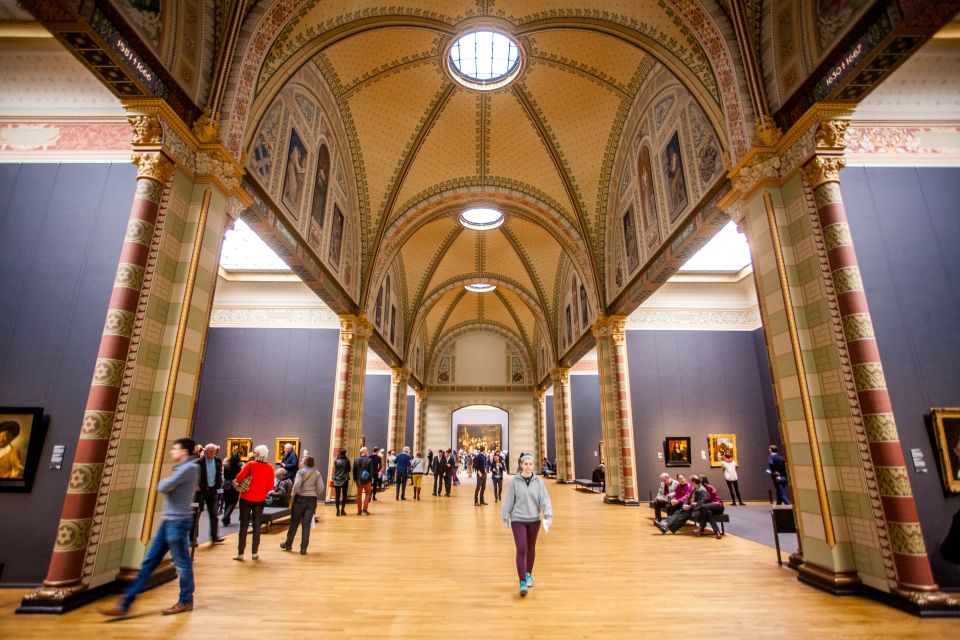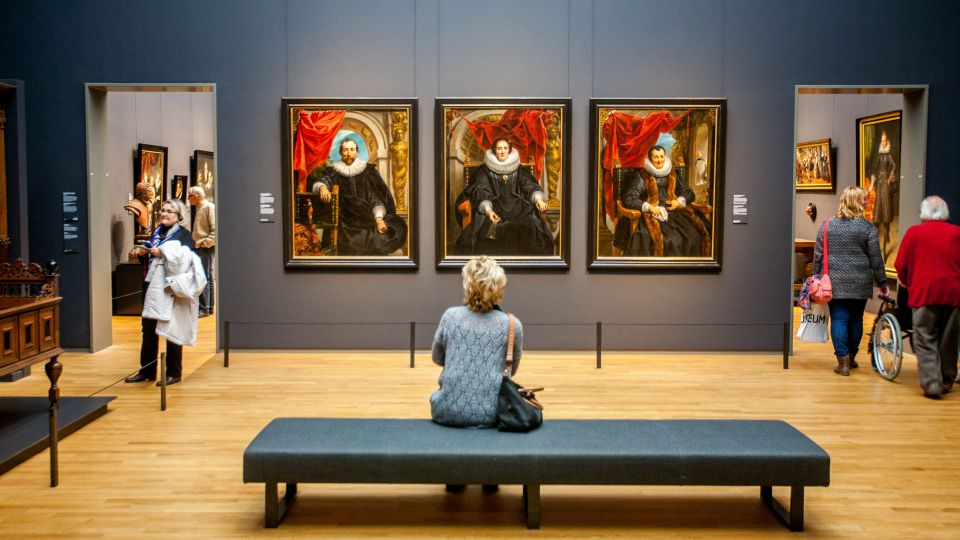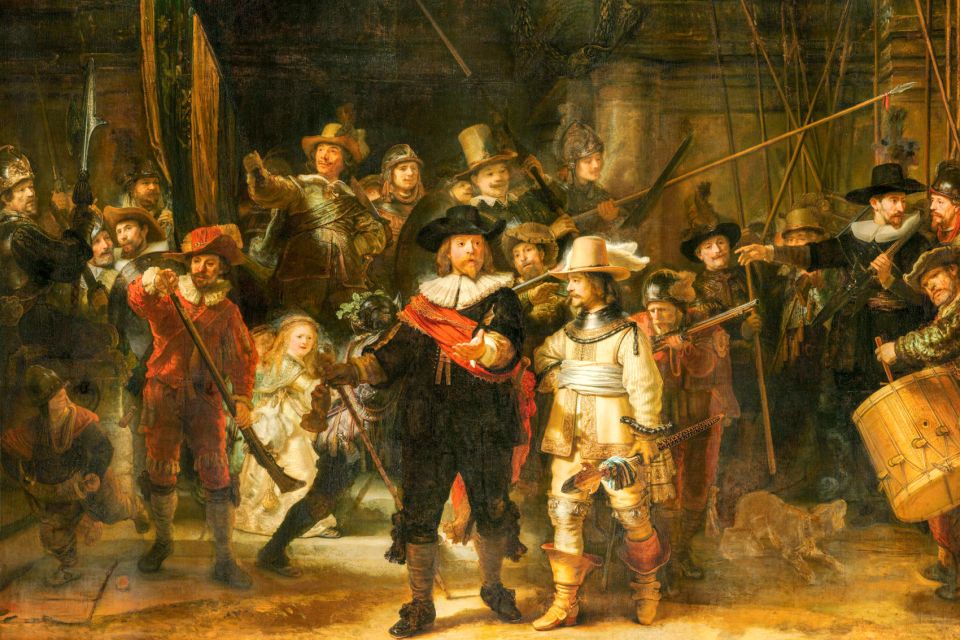Rijksmuseum: The Night Watch
Explore The Museum
The Night Watch
Rembrandt’s Night Watch is a specific type of painting that was popular in the Northern Netherlands, with the majority being commissioned in the city of Amsterdam. It is famous as a group portrait depicting a company of civic guards. The primary role of these patrols was to act as protectors of their cities and they were responsible for monitoring gates, policing streets, extinguishing fires and keeping order throughout the city.
Additionally, they were a prominent presence at marches held for visiting royalty and other festive events. Each company had its social hall and shooting range where they could practice with the weapon associated with their group, such as a longbow, crossbow or gun. As per tradition, these society halls were decorated with a series of paintings of its most prominent members, which served not only to record the likenesses of these citizens but more importantly, to attest to the power and independence of the city they protected. In short, these paintings promoted a sense of pride and civic duty.
Compared to other civic guard representations, Rembrandt’s Night Watch stands out significantly in terms of its creativity. Instead of repeating the conventional design of static lines of figures, Rembrandt animates his representation. The sitters are depicted performing specific actions that define their roles as guards. A lot of energy is generated as these citizens spring into action upon their captain’s command.
The scene resembles a genuine historical event, even though what we are seeing is Rembrandt’s artistic brilliance at work.



